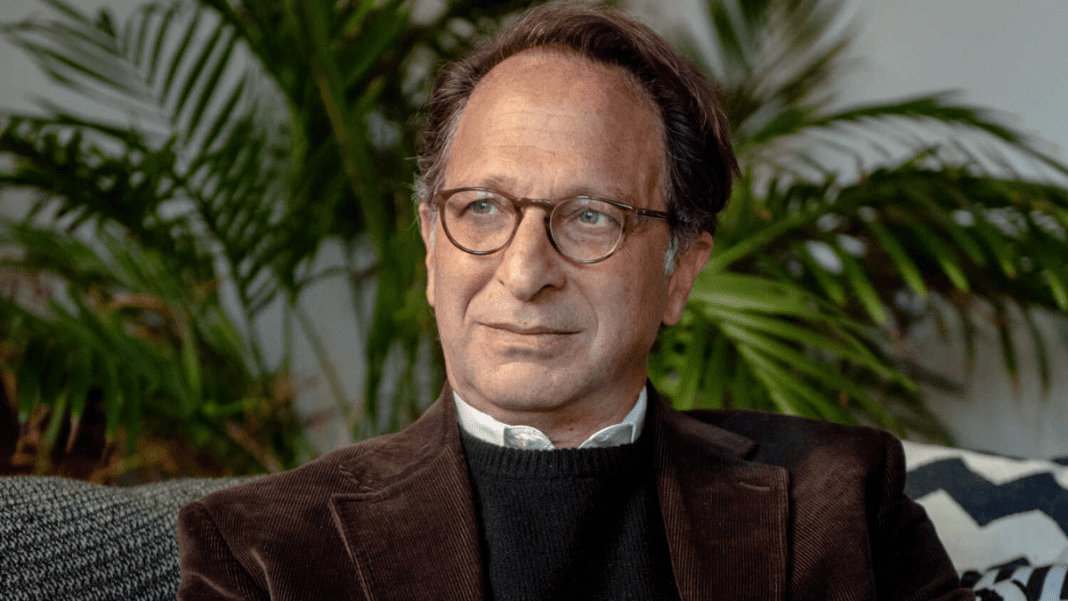A new debate has emerged around how the Justice Department during the Trump administration handling documents tied to Jeffrey Epstein. The late financier, convicted of sex crimes, operated a wide network that allegedly involved powerful people.
A piecemeal release of Epstein-related documents
Instead of releasing the entire collection of records, the department planned to share only part of them. This approach was meant to answer requests from Congress for greater transparency. Yet critics pointed out that holding back the full set of documents could create more suspicion.
The records in question include investigative notes, legal filings, and other information that shed light on Epstein’s activities. They may also mention connections to his close associates and how cases tied to him were handled over the years.
The decision to release only part of the files also raised questions about timing. Reports said the Justice Department scheduled the release just hours after lawmakers increased their demands. Critics argued the timing showed a rushed attempt to appear cooperative while still controlling what information was shared.
Weissmann’s warning about a “drip, drip, drip” strategy
Legal expert Andrew Weissmann strongly criticized the plan. He described the Justice Department’s approach as a “drip, drip, drip” release—sharing pieces of information slowly over time instead of being fully open. Weissmann called this “such a crazy way to proceed,” making clear that he saw it as both unusual and flawed.
According to him, the slow pace could create the illusion that the department was being transparent, while in reality it was only offering a controlled view. This tactic, he said, risked damaging trust and making the public question whether key details were being hidden.
🕶️ What Are They Hiding? FBI Sparks Fury by Editing Trump, VIPs Out of Epstein Case Files
Weissmann explained that releasing documents in small batches often leads to confusion. Each new batch of files invites speculation about what is missing, rather than bringing clarity. In high-profile cases like this, where public interest is intense, the piecemeal method can increase pressure on investigators rather than reduce it. By contrast, releasing all available information at once could answer questions more directly and limit speculation.
Weissmann suggested that the strategy could even backfire on those behind it. By not showing everything at once, it could spark more questions, more suspicion, and stronger pressure from lawmakers and the media. Instead of calming concerns, the piecemeal release might make people believe there was a cover-up or selective editing of sensitive material.
Broader concerns about political handling of the case
Observers have also linked the controversy to larger patterns in how the Trump-era Justice Department managed sensitive issues. Weissmann, who has years of experience as a federal prosecutor, noted that the partial release strategy fit into a wider concern about political influence in the handling of justice.
He explained that if the department failed to provide full disclosure, it gave the impression that loyalty shaped decisions rather than impartial fairness. Critics say such actions could harm credibility and trust in the justice system.
⚖️ DOJ, secrets, and a Texas camp — Ghislaine Maxwell transfer fuels speculation of explosive names
The Epstein case already carried heavy public attention because of its ties to high-profile figures and serious crimes. Weissmann warned that any sign of selective disclosure could make the issue even more explosive. Instead of easing tensions, the drip-by-drip approach fueled ongoing debates about transparency, accountability, and fairness in how the justice system delivered decisions.
People in the United States have long closely watched the case, not only because of Epstein’s crimes but also because they speculated about who may have been connected to him. This makes every decision about the files highly sensitive.
In his sharp remarks, Weissmann summed up the approach as “such a crazy way to proceed,” underscoring just how strongly he opposed the method.





